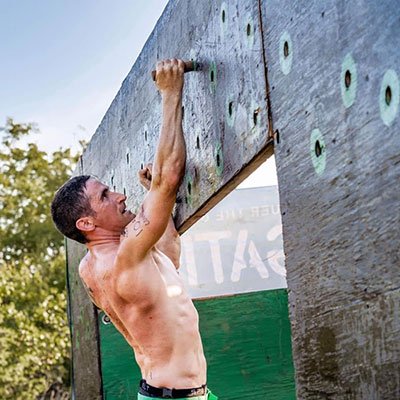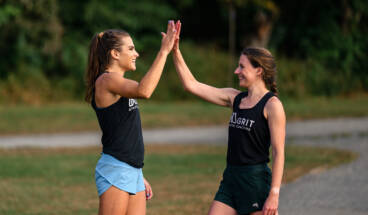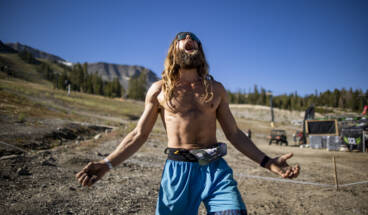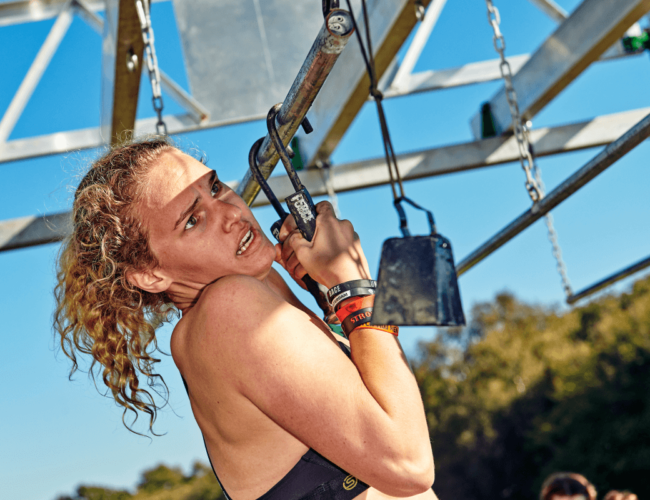
Why Change The Rules In An OCR Race?
The rules in sports change all the time. Often we look at our narrow view of our experience and think the rules are unchanging, set in stone. However, sports change the rules all the time and it is typically for two reasons:
- To make the sport safer.
- To make the sport more exciting.
While these two statements can sometimes feel like they are at odds with each other, they don’t have to be. Here’s a quick look at some of our sport’s rules and how they are stacking up to these two “rule change” standard.
1. The Bell Kick
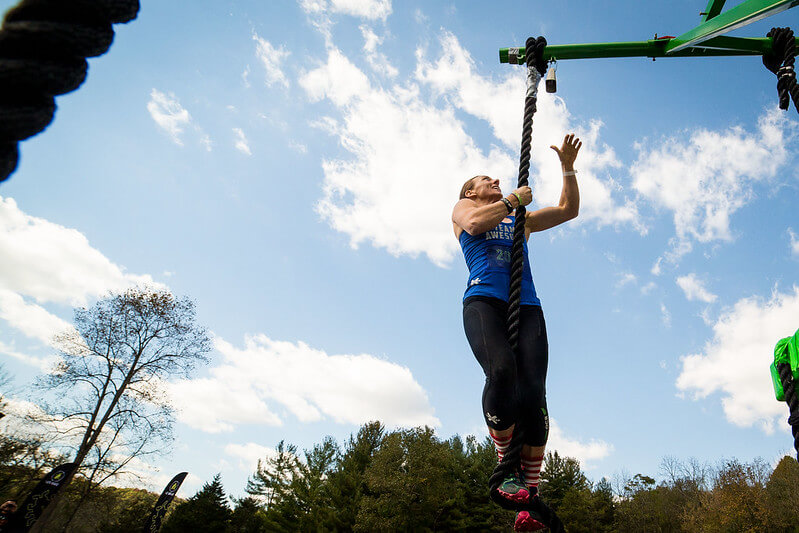 Prior to 2016 it was common to see athletes hang upside down at the top of the rope climb to kick the bell. This may have saved a second if executed correctly. If executed incorrectly and you missed the bell, it added a couple of seconds. If executed poorly, it would result in you falling off the rope plummeting head first to the ground. Spartan changed their rule in 2016 and most brands including OCRWC saw the logic in the change and have adopted it as well. In my opinion the increase in safety outweighs the very mild decrease in excitement.
Prior to 2016 it was common to see athletes hang upside down at the top of the rope climb to kick the bell. This may have saved a second if executed correctly. If executed incorrectly and you missed the bell, it added a couple of seconds. If executed poorly, it would result in you falling off the rope plummeting head first to the ground. Spartan changed their rule in 2016 and most brands including OCRWC saw the logic in the change and have adopted it as well. In my opinion the increase in safety outweighs the very mild decrease in excitement.
2. Mandatory Obstacle Completion
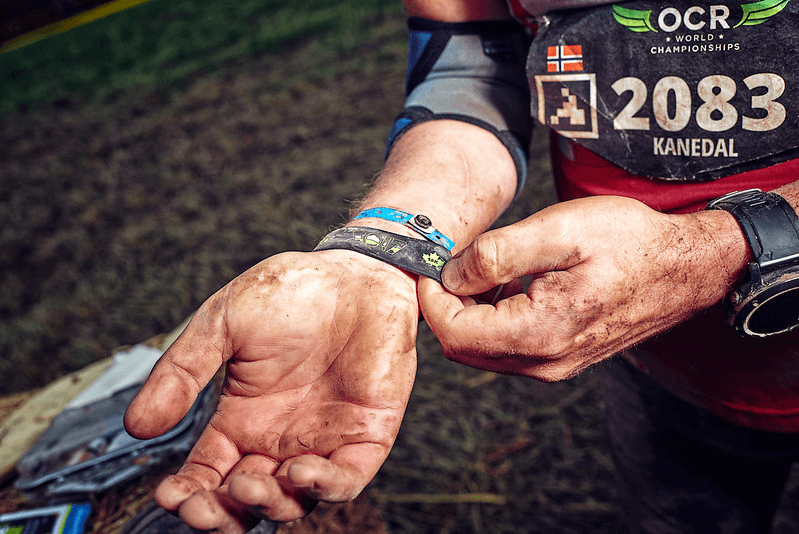 While OCRWC wasn’t the first to require mandatory obstacle completion, I would argue they were the first to really make it popular in 2014 with the addition of completion wristbands. This is obstacle course racing after all and you shouldn’t win a race if you didn’t do the obstacles. To me, this rule makes the sport exponentially more exciting because it means a race is never over. The top athlete can be stuck 20 feet before the finish and end up changing who everyone thought would be the overall winner. OCR athletes with a very heavy runner background may not like this rule since it may mean someone slower than them can beat them on the race course but I think it makes the sport way more dynamic and interesting that can result in massive placement shakeups creating an unexpected outcome. The only thing surprising to me is there are still brands that allow their elites to conduct calisthenics instead of completing all obstacle for the pro/elite wave.
While OCRWC wasn’t the first to require mandatory obstacle completion, I would argue they were the first to really make it popular in 2014 with the addition of completion wristbands. This is obstacle course racing after all and you shouldn’t win a race if you didn’t do the obstacles. To me, this rule makes the sport exponentially more exciting because it means a race is never over. The top athlete can be stuck 20 feet before the finish and end up changing who everyone thought would be the overall winner. OCR athletes with a very heavy runner background may not like this rule since it may mean someone slower than them can beat them on the race course but I think it makes the sport way more dynamic and interesting that can result in massive placement shakeups creating an unexpected outcome. The only thing surprising to me is there are still brands that allow their elites to conduct calisthenics instead of completing all obstacle for the pro/elite wave.
3. OCRWC’s Team Event
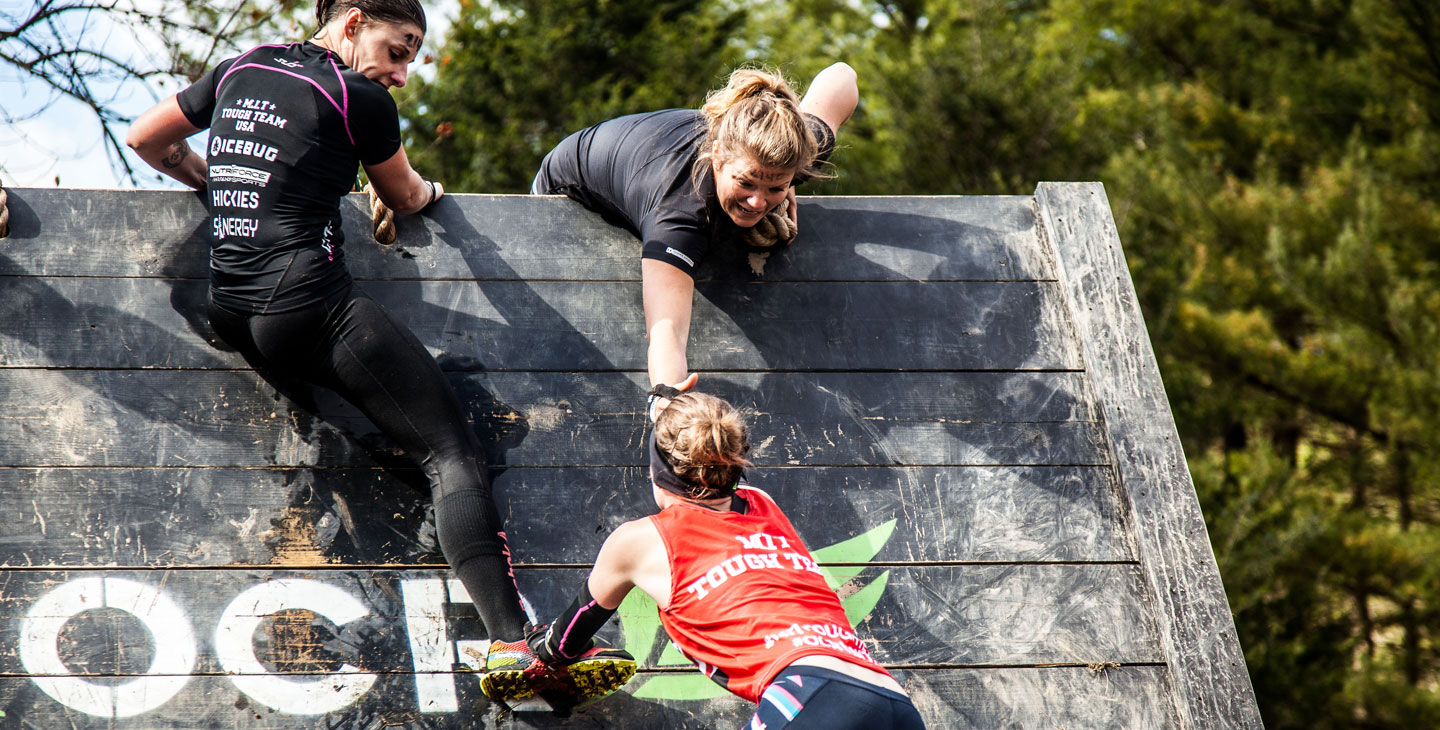
Did you run 2014’s OCRWC team event? The event required a team of two to run a full lap of the 15k course, pass off a timing chip to the other half of their team and then run another full 15k lap. This event was long…really long, especially after a weekend of races. After only one year the format changed to essentially the Team Championships we have now with a strength leg, a speed leg, a technique leg and then combining it all for a team section while shortening the team event to around 7K. The event is so much more fun, so much more dynamic and remains the highlight of every OCRWC weekend I have been a part of. Lead changes, fast paced action and if you were there one of the years it was raining, watching athletes bomb down hills sliding on their butt was more fun that I can realistically explain in writing.
So how is OCRWC doing with this “rule change standard”? As you can see, great! OCRWC stands by their policy of #athletesfirst. The sport continues to increase in safety while simultaneously increasing in excitement including 2019’s addition of the 100M short course. OCRWC continues to break ground providing the premiere annual gathering point with the most diverse crowd of OCR athletes in the world (65+ countries!!!).
If there is a rule you aren’t a fan of in our sport, the first step would be looking at it through this lens: If it isn’t likely to make the sport safer or make the sport more exciting, it is probably not going to gain a lot of traction from the athletes, brands or participants. As you can see, I think OCRWC is excelling on both of these fronts and has remained flexible and agile since their founding. I don’t know what the future holds for our sport but I’m excited for the possibilities, especially with the more recent partnership with Red Bull opening up a wide range of opportunities to drive our sport into the mainstream.
